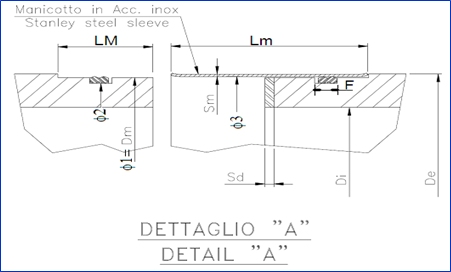|
Jacking pipes are used to produce piping
sections with Microtunneling technique using GRP Jacking Pipes.
This
method of laying designed to overcome obstacles represented by main
roads or highways, railway tracks, canals, buildings and other
structures that are located on the pipeline route is now universally
used to make whole hydraulic systems where traditional methods are not
allowed.
In this application, where the commonly used material is concrete,
GRP pipes are particularly appreciated for:
-
the hydraulic features that in this case also allow for significant
reductions in the design diameters resulting in savings in excavation
volumes, excavation equipment and transport costs
-
the great structural
strength that allows considerably smaller thicknesses than concrete
-
the
lightness (compared to concrete)
-
the very low external roughness of the
pipe walls that facilitates digging operations
All features that allow
the use of smaller push force during work and, if necessary, longer push
stretches.
JOINT SYSTEMS FOR SARPLAST JACKING PIPES
Each pipe bar has a milling
on both ends that allows the housing of the sleeve made of AISI 304
steel. Within this milling, the seat of the sealing gasket is normally
made of EPDM or NBR material. The gasket, depending on the application,
can be made with multiple lip profiles, O-rings or alternative
geometries.
The outer diameter of the pipe and sleeve does not have
geometry discontinuities, in order to avoid any interference during the
advancement of the pipe.
BENTONITE INJECTION NIPPLES Where necessary, the pipe may be equipped
with injection threaded nipples in AISI 304. Such details, normally no.
3 per bar (120 ° to each other) are inserted into the wall of the pipe
and sealed by means of a special resin.
 |












